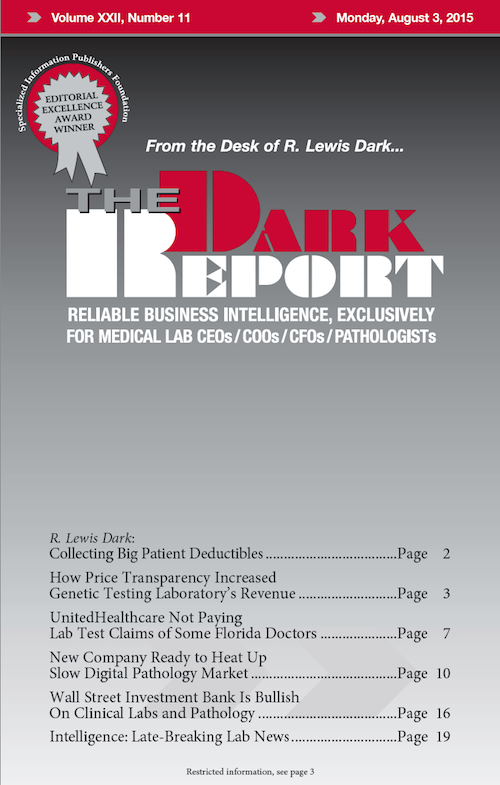CEO SUMMARY: For clinical laboratories and anatomic pathology groups willing to adapt to the evolving needs of the American healthcare system, there are many positive opportunities. That’s the view of a Wall Street investment bank that just published a report on the lab testing sector. The report on healthcare trends includes commentary about developments in cancer care, acceptance of personalized medicine, and the growing activity in direct-to-consumer lab testing.
To access this post, you must purchase The Dark Report.


